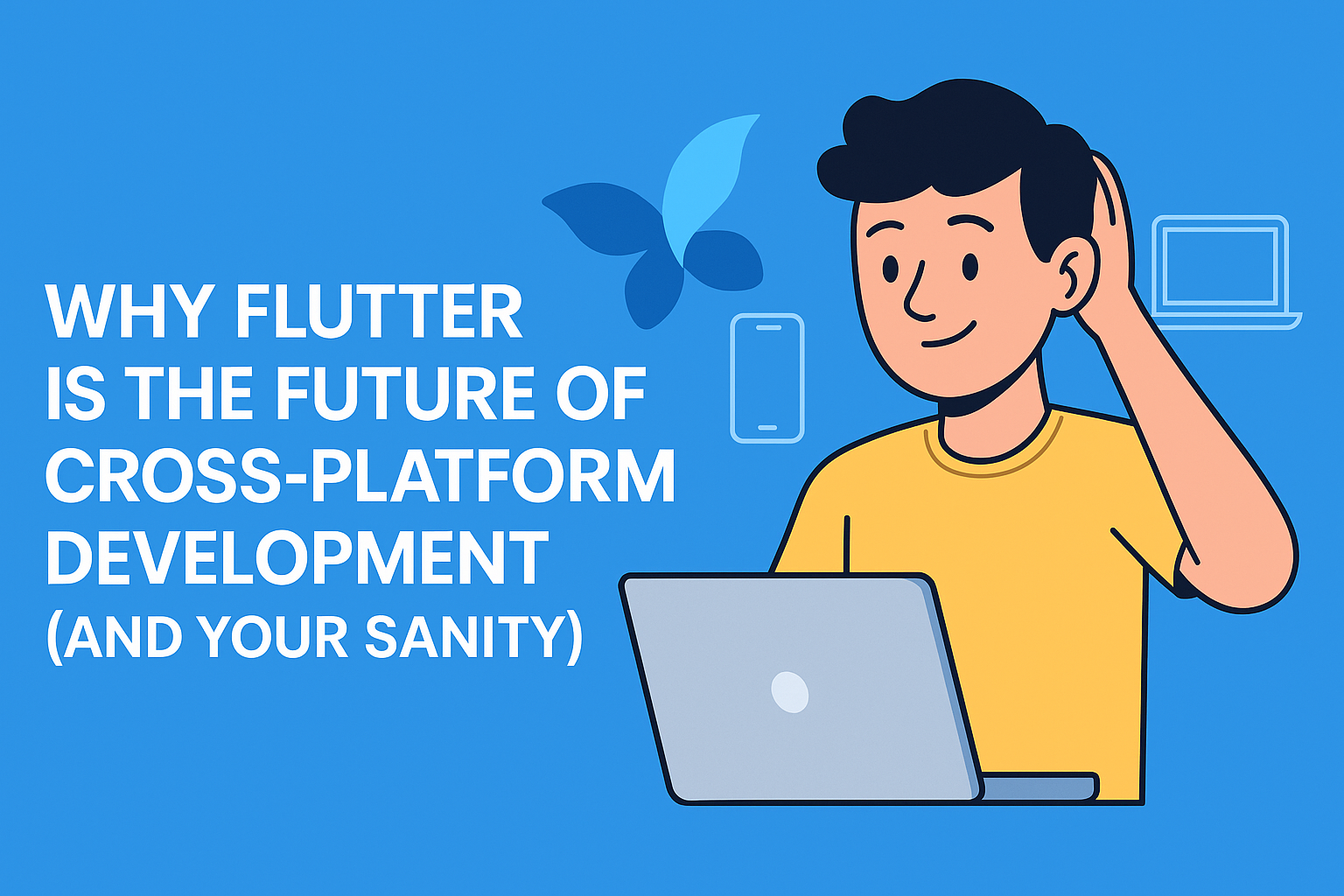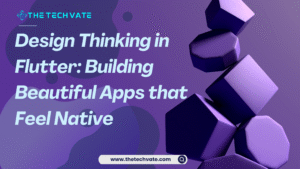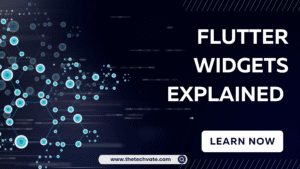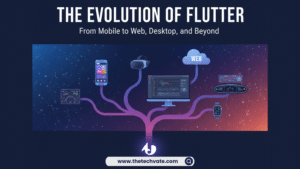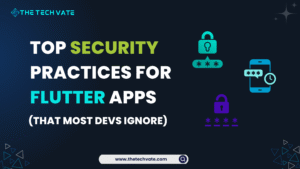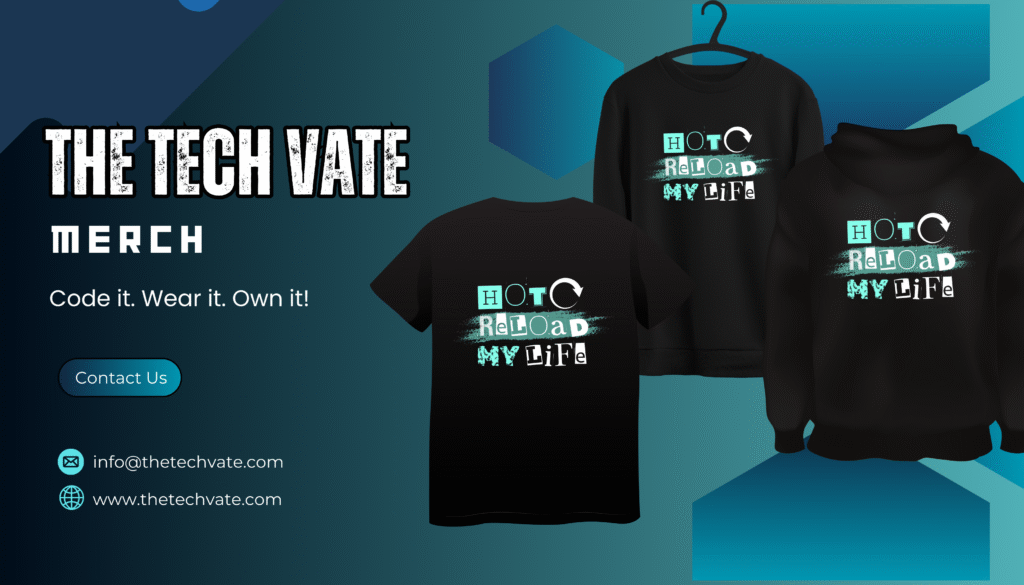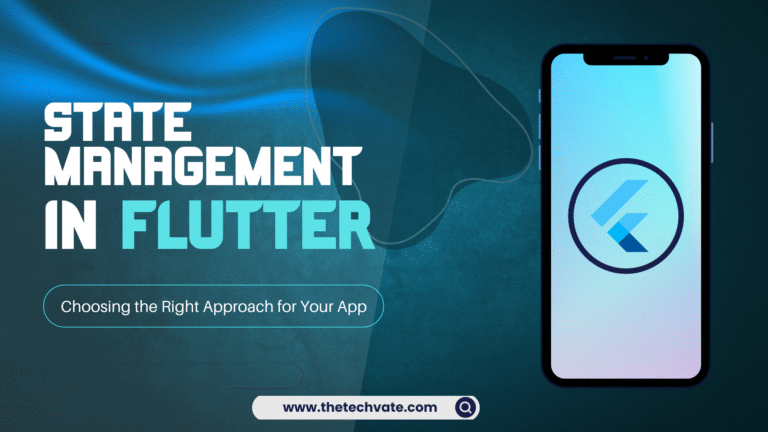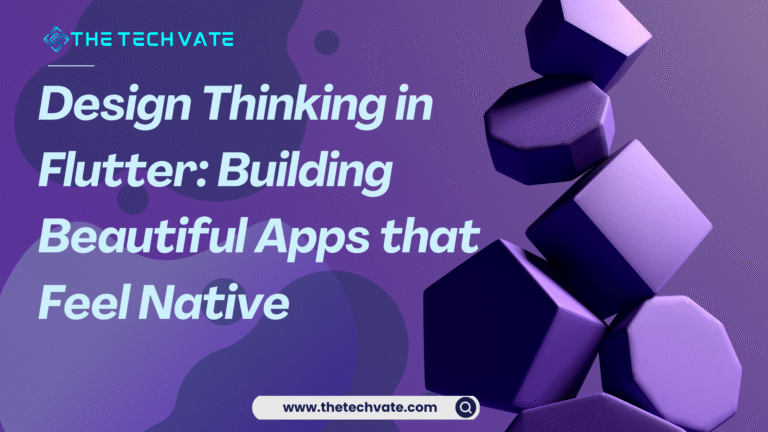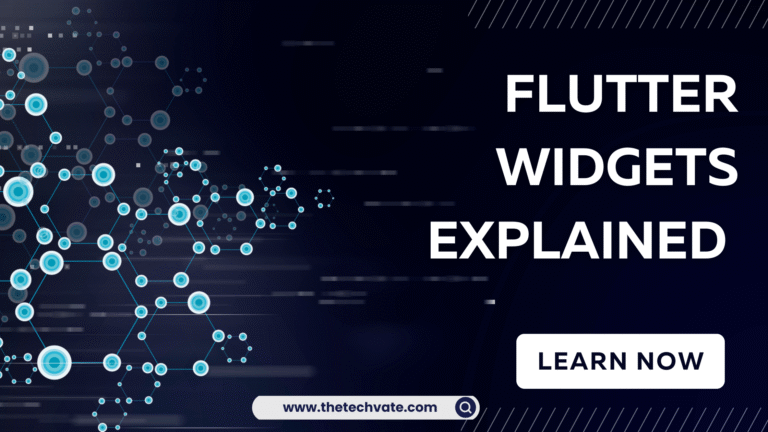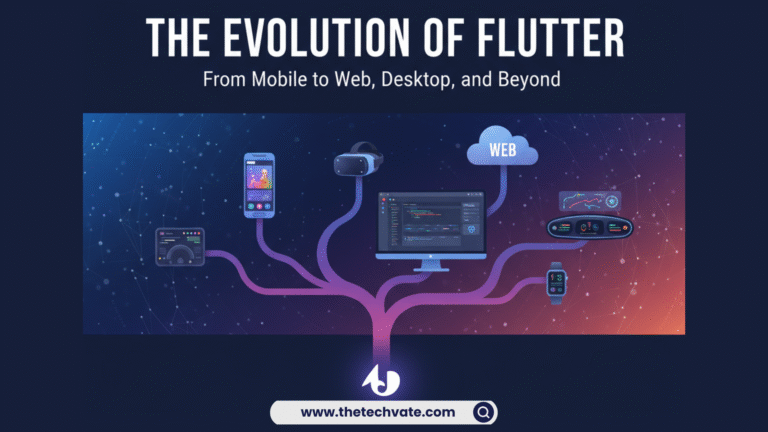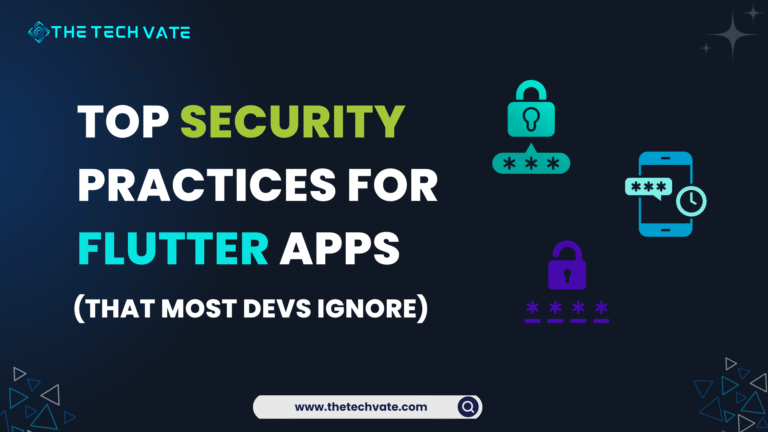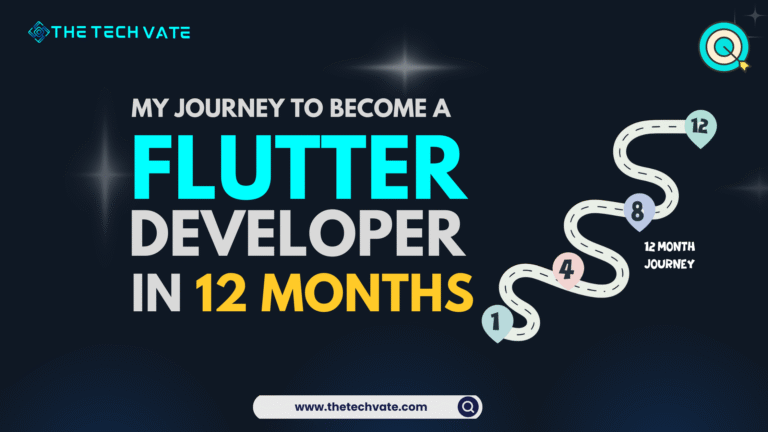Let’s start with a confession: mobile app development used to be a nightmare.
Back in the day, developers had two choices — build an app for Android or build one for iOS. If you wanted both, congratulations! You just signed up for double the code, double the bugs, and double the caffeine bills.
It was like dating two people at once: what made one happy inevitably broke the other’s heart.
You fix a layout on iOS, and Android’s UI explodes. You optimize performance on Android, and iOS suddenly moves in slow motion like it’s starring in an emotional drama.
For years, developers prayed for a miracle. Something that would let them write code once, hit “Run,” and watch it work everywhere.
Then one day, a small blue butterfly appeared.
And its name was Flutter.
The Promise That Everyone Laughed At
When Google announced Flutter in 2017, the developer community collectively raised an eyebrow.
“Another cross-platform framework? Haven’t we been burned before?”
They had a point. Before Flutter, there were plenty of frameworks that made big promises:
“Write once, run anywhere!” (But also: “debug everywhere.”)
“It feels native!” (Except it doesn’t.)
“It’s fast!” (Only in your dreams.)
So naturally, people were skeptical. Developers had trust issues — and for good reason.
But Flutter was different. It didn’t try to patch over native systems like a clumsy middleman. It built its own rendering engine from the ground up, drawing every pixel directly on the screen.
No translation, no compromise, no “my UI looks different on iOS” drama.
Just pure, smooth, consistent performance.
Basically, Flutter said:
“Why talk to Android and iOS separately when I can just become the screen?”
And that, my friend, changed everything.
The Hot Reload Magic Trick
If you’ve ever spent hours waiting for an app to rebuild after changing one line of code, Flutter will feel like a breath of fresh air — or more accurately, like black magic.
Flutter’s Hot Reload feature lets you change code and see the result instantly.
No rebuild. No waiting. No staring at progress bars wondering where your life went wrong.
You tweak a color? It updates. You move a button? It dances to its new position right before your eyes.
Developers who try it for the first time usually react with something like:
“Wait… it’s already changed? Did it just—what sorcery is this!?”
It’s the closest thing to a superpower a programmer can get without a radioactive spider bite.
This single feature made developers fall hard for Flutter. It’s not just efficient — it’s fun.
You actually feel creative again, experimenting freely without the usual punishment of endless rebuild times.
It’s like painting an app in real-time. And that’s addictive.
The Art of Beautiful UIs
Let’s talk looks. Because yes, looks matter.
Flutter apps don’t just work — they look incredible. Whether it’s a sleek modern design or a retro pixel-art masterpiece, Flutter makes your app look like it was crafted by a designer who drinks aesthetics for breakfast.
How?
Because in Flutter, everything is a widget.
That’s right. Your text, your buttons, your layouts, even the padding between your widgets — they’re all widgets. It’s like Lego for app builders.
You can snap together elements, customize every detail, and watch your app come to life piece by piece.
For beginner developers, this is a dream. You don’t need to wrestle with different UI kits for Android and iOS. You just build your layout once — and Flutter handles the rest, keeping it consistent and beautiful across platforms.
Designers love it. Developers love it. Even project managers, those mythical creatures of deadlines and budgets, love it.
Why? Because Flutter helps you deliver faster without sacrificing quality.
But What About the Language?
Here’s where Flutter’s secret weapon comes in: Dart.
Dart is like the quiet kid in class who suddenly turns out to be a genius. It’s simple, clean, and feels a lot like JavaScript and Java had a well-behaved child.
For beginners, Dart is friendly. You can pick it up in a weekend and start building real apps right away.
But behind that friendly face, Dart is fast. Like, really fast.
Because it compiles directly to native code, which means no lag, no middle layers, and no compromise.
So if you’ve ever built a React Native app and felt like it was running through a swamp of JavaScript bridges — Flutter says, “Not today.”
The One Codebase Dream
Now let’s talk about the part that makes developers cry tears of joy: one codebase for everything.
You build your app once.
You deploy it to Android, iOS, web, Windows, macOS, Linux, and even embedded systems.
It’s like writing one love letter and having it delivered to every crush you’ve ever had — instantly, perfectly formatted.
For startups, this is a game-changer.
Instead of hiring two separate teams — one for Android and one for iOS — you can have one Flutter team building for both. That’s less cost, less time, and fewer headaches.
Flutter doesn’t just save money — it saves sanity.
Performance: Smooth as Butter
You know that awkward lag when you scroll through an app and it feels like it’s wading through syrup?
Flutter doesn’t do that.
Because Flutter controls every pixel and frame, animations run at 60fps (or even 120fps on high-end devices). Everything feels silky, smooth, and responsive.
This isn’t some “close-to-native” trick. It is native performance — because Flutter apps compile directly to ARM code.
Even the skeptics had to admit: “Okay, this thing is actually fast.”
The Flutter Community: Small but Mighty
One of the best things about Flutter is its community. It’s not just a group of developers — it’s a movement.
When you start learning Flutter, you quickly realize that you’re not alone. There’s a huge, enthusiastic crowd ready to help you out.
From YouTube tutorials to Reddit memes, the Flutter community has turned learning into a shared adventure.
And the best part? It’s growing fast. Google keeps investing, big companies keep adopting it, and indie devs keep creating mind-blowing apps.
So even though Flutter is relatively young, it already feels like the cool new kid everyone wants to hang out with.
The Flutter Everywhere Vision
At first, Flutter was just about mobile apps. Then Google said, “Hold my coffee.”
Now it runs on web, desktop, smart TVs, and even cars. Yes — cars.
Flutter is expanding faster than your Google Chrome RAM usage.
It’s not hard to imagine a future where everything from your smartwatch to your refrigerator runs on Flutter.
(“Your ice cream supply is low. Shall I reorder using FlutterPay?”)
The idea is simple but revolutionary:
One framework. One codebase. Every screen.
That’s not just convenient — it’s the future of how we’ll think about digital experiences.
Real Talk: It’s Not Perfect (Yet)
Now, before we crown Flutter the chosen one, let’s stay honest.
It’s not flawless.
Flutter apps tend to be slightly larger in file size. And while it supports a lot of platforms, not all plugins or integrations are 100% mature yet.
If you’re building something super platform-specific (like a custom camera driver or AR-heavy app), native development might still have an edge.
But here’s the thing — Flutter is improving fast. Every update brings huge improvements. The developer experience is already smoother than most frameworks out there, and the ecosystem keeps getting richer.
It’s like watching a talented rookie athlete grow into a superstar — you just know they’re going to dominate soon.
The Developer Zen
Remember when programming used to be fun? When you could build cool things without drowning in build errors and version mismatches?
Flutter brings that feeling back.
Because it doesn’t just make development easier — it makes it joyful.
You can sketch ideas, see results instantly, and create something beautiful with minimal friction.
You don’t feel like a machine translating specs into code. You feel like a creator.
That’s rare in today’s world of bloated frameworks and endless dependencies.
And that’s why developers who try Flutter often stick with it — not because they have to, but because they want to.
The Business Side: Why Companies Love It
Let’s switch hats for a second. Why do businesses care?
Because Flutter means faster development, fewer engineers, and quicker time-to-market.
Startups can launch MVPs in weeks instead of months. Established companies can unify their design systems across devices. And maintenance becomes a breeze — one codebase means one update fixes everything.
That’s efficiency any CEO would love.
It’s no wonder brands like BMW, eBay, Alibaba, and Google themselves are betting big on Flutter.
The Ecosystem That Keeps Growing
Flutter’s ecosystem is like a buffet that keeps adding new dishes.
There’s a thriving package library on pub.dev, third-party integrations for everything from Firebase to payment systems, and open-source tools that make your workflow buttery smooth.
Every week, new widgets, animations, and packages pop up — often made by the community.
It’s like being part of a creative explosion — you can literally watch Flutter evolve in real time.
The Future Looks… Fluttery
So where’s Flutter headed next?
Probably everywhere.
With Flutter 3 and beyond, Google’s pushing for complete platform convergence.
You could start an app for Android and end up launching it on macOS, Linux, or even a smart toaster — all from the same codebase.
And the performance keeps improving with things like Impeller (the new rendering engine) and WebAssembly support.
In short, Flutter isn’t slowing down. It’s growing wings.
So… Should You Learn Flutter?
If you’re a beginner developer wondering where to start — absolutely, yes.
Here’s why:
It’s beginner-friendly.
You see results instantly.
You can build real apps that run everywhere.
And you’ll actually enjoy the process.
Flutter is the rare framework that manages to be powerful and fun — like that one teacher who made learning interesting instead of soul-crushing.
You’ll learn how UI works, understand the architecture of real apps, and pick up coding habits that will serve you well even if you move to other frameworks later.
Final Thoughts: The Sanity Saver
At its heart, Flutter isn’t just a toolkit — it’s a philosophy.
It says you don’t need to choose between creativity and productivity, between beauty and performance, between iOS and Android.
It says you can have it all — and have fun doing it.
So the next time someone tells you cross-platform development is painful, smile knowingly and say:
“Maybe you just haven’t tried Flutter yet.”
Because once you do, you’ll understand why developers call it the future — and why your sanity might just depend on it.

